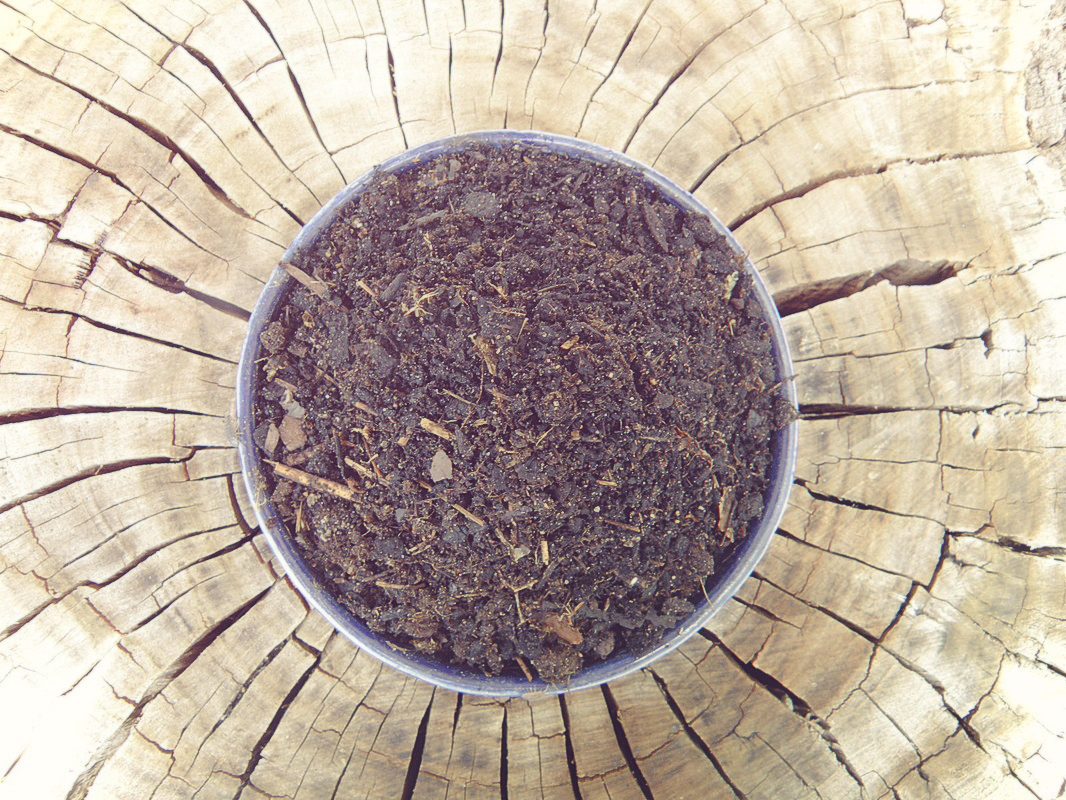The answer lies in the soil!
The title of this post comes from my Great Uncle Phil, one of my gardening mentors – he knew so much about soil and why it is the important foundation for anything you do in the garden.
I am often asked why gardens aren’t growing well and I usually respond by asking people if they feed their children or their pets. They look at me with horror as if I’m stark raving mad, but see the connection when I draw the parallel to feeding their plants. Plants are living things, and apart from water, I would suggest that the next most important thing to consider when gardening is the state of your soil. And just as children and animals need a balanced diet with plenty of nutrients and vitamins and a comfortable and safe house to live in, your plants need the same.
How can I achieve that I hear you ask? It’s not as difficult as you think, although it can seem like a daunting scientific project with a bit of magic thrown in!
Soil is vital to the life of all plants, being the system that transports nutrients, water and air. It is made up of a variety of organic and inorganic materials:
- Rock particles – in general, typical unimproved garden soil will contain about 90% mineral residue and only about 10% decayed organic matter.
- Decaying plants and animals (organic matter)
- Water
- Air
- Living creatures – natural and organic soil sustains a great community of insects, worms, microorganisms and other creatures. Adding additional organic matter provides for the beneficial creatures that release nutrients into your soil. Earthworms and other insects aerate the soil and contribute organic matter through their waste and decomposition.
The term ‘soil’ itself can refer to naturally occurring soil, agricultural soil, garden soil (improved natural soil) and potting soil. In the next few posts, I will attempt to unravel some of the mysteries of the marvelous material we call soil, concentrating on the soil in your garden. I will approach this topic in a basic way, as I am not a soil scientist, some of whom spend a lifetime studying this extremely complex field. I will focus on three aspects of soil, although this is by no means comprehensive: texture & structure, pH, and organic matter and fertility. Let’s begin by explaining these terms:
Soil Texture and structure
Soil texture refers to the size of the soil particles, whereas soil structure refers to the way soil clumps together. Soil texture and structure will influence how the soil reacts to water and nutrients.
Soil pH
Soil pH is a measure of your soil’s acidity or alkalinity, on a scale from 0.0 to 14.0. Most garden plants prefer a pH in the neutral range, about 7.0.
Organic Matter and Fertility
In nature, plants are fed by decaying organic matter. Adding organic matter to garden soil improves the soil structure and feeds the microorganisms and insects. It also improves uptake of water and valuable nutrients and minerals, which are important components in building healthy soil and plants. Just like people and animals, plants need these in order to grow and fend off pests and disease.
In my next post, I will look specifically at soil structure and texture, as this determines how plants grow, how water is retained or not, and how you can improve the soil you have been given.
Until next time,
Cheers
Amanda


